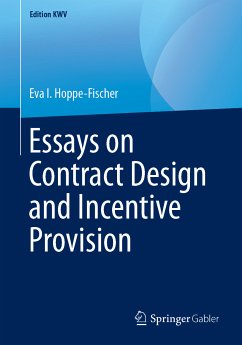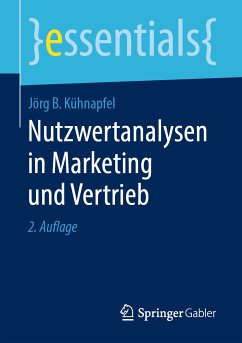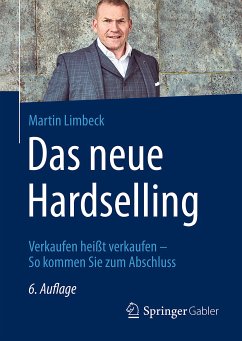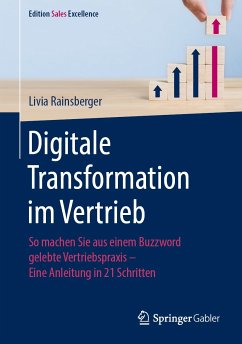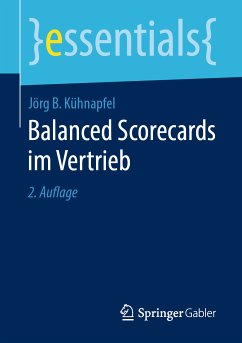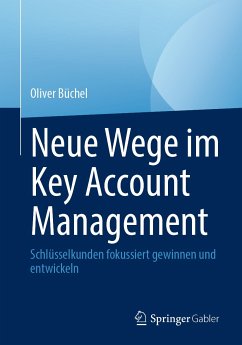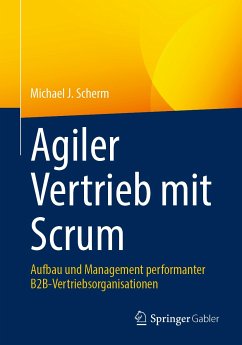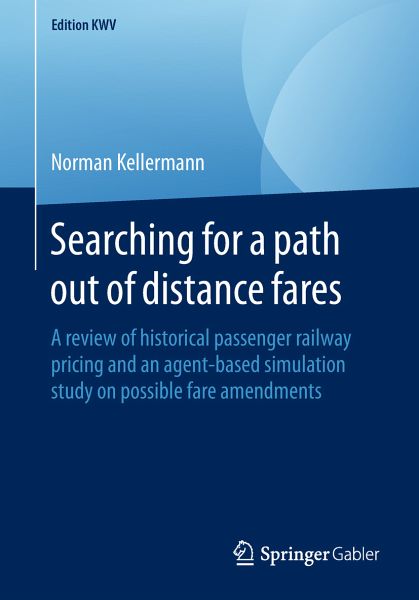
Searching for a path out of distance fares (eBook, PDF)
A review of historical passenger railway pricing and an agent-based simulation study on possible fare amendments

PAYBACK Punkte
12 °P sammeln!
This work reconstructs the history of fare policy in the European passenger railway industry and integrates behavioural pricing theory into an agent-based simulation model for railway revenue management. The model is employed to conduct artificial experiments on fare innovations. It represents supply and demand on a transport market including car traffic and is calibrated with empirical data of an incumbent European railway. The model uses a combination of marketing concepts, dynamics in time and social interaction of consumers to analyse revenue effects of different pricing options. This bo...
This work reconstructs the history of fare policy in the European passenger railway industry and integrates behavioural pricing theory into an agent-based simulation model for railway revenue management.
The model is employed to conduct artificial experiments on fare innovations. It represents supply and demand on a transport market including car traffic and is calibrated with empirical data of an incumbent European railway. The model uses a combination of marketing concepts, dynamics in time and social interaction of consumers to analyse revenue effects of different pricing options.
This book provides insights for readers interested in the commercial aspects of transportation history. Furthermore, it is directed at researchers interested in pricing theory and the simulation method. It is also a rich source of information for practitioners in the revenue management branches of transport enterprises.
Dieser Download kann aus rechtlichen Gründen nur mit Rechnungsadresse in A, B, BG, CY, CZ, D, DK, EW, E, FIN, F, GR, HR, H, IRL, I, LT, L, LR, M, NL, PL, P, R, S, SLO, SK ausgeliefert werden.



